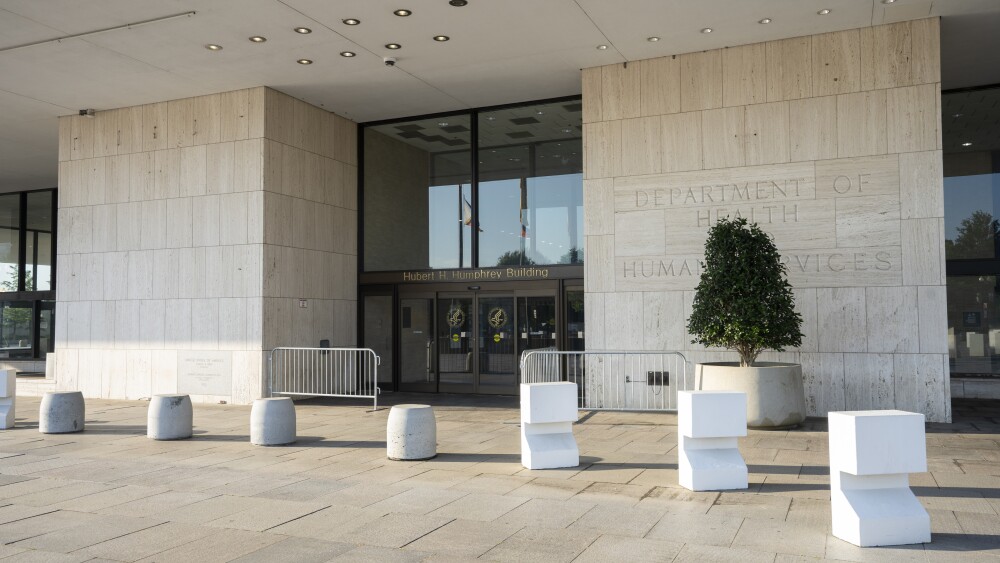 Treat Your Talent Pipeline As a Rest Stop
Treat Your Talent Pipeline As a Rest StopBy Peter Weddle for BioSpace.com
What's the number one problem with today's talent pipelines? Attrition. According to research, the number of people bailing out of recruiter-built networks typically reaches forty percent or more each year. Given the time and effort required to load a pipeline, that's a huge loss for any organization. What's the solution? Re-imagining the purpose of your pipeline.
Unfortunately, for many organizations, a talent pipeline is simply a resume database redux. Oh sure, today's pipelines are built on social media sites like Facebook or LinkedIn, but there's very little social activity actually going on. In fact, if there's any communications at all with the people in the pipeline, it's either repurposed job postings or hard sell promotions designed to drive traffic to the organization's Web-site (and its job postings).
Which begs the question: just what is the purpose of a talent pipeline? Is it simply a passageway way for moving candidates from a passive to an active candidate state? Or, is the goal something else altogether? Is a talent pipeline not a pipeline at all, but instead, a virtual rest stop for prospective employees?
Sure, you build talent pipelines to help fill your organization's future openings, but the goal of those pipelines is the experience they provide to individuals who have choices in the workplace. High caliber talent is almost always employed, so to recruit them, you must get them to do the one thing we humans most hate to do: change. You have to get them to leave their current employer, turn down offers from other employers and accept the position you're trying to fill for your employer.
That outcome simply will not occur with repurposed job postings and hard sell promotions. In fact, research indicates that the single best trigger for motivating change among passive, high caliber candidates isn't requirements and responsibilities, but reality – a reality they have the time to recognize and appreciate.
The best talent wants to know what it's like to work in your organization. Before they will even consider a job, they need to have a sense of what their employment experience will be like. To put it more bluntly, they must be assured that their personality and principles are aligned with the organization's culture and values so they will be comfortable in its work environment and, able to continue their career success by performing at their peak.
Offering a Glimpse of Reality
Talking about an organization's work culture and values is the conventional way of presenting its employment brand. That's what happens on most corporate career sites and on Facebook pages and in LinkedIn groups. Candidates are proselytized with carefully tested tag lines and peer testimonials.
This advertising-based approach doesn't influence the best talent. The only way to get them to change devils is to treat them as proto-employees. They have to believe that an organization already sees them as "members of the family." Why? Because doing so enables them to experience what it's like to be employed by that organization – to get a taste of reality.
How do you create this proto-employee experience?
That's the power and promise of talent pipelines. They are the perfect vehicle for simulating an organization's employment culture and values. First, however, the organization must give its pipeline participants the space to recognize and appreciate that reality. It does so by transforming the pipeline experience into a virtual rest stop, a place where they can get a break from the barrage of recruitment advertising and branding messages countless recruiters have been sending them.
Second, in the quiet space the pipeline provides, an organization's messaging should simulate what it's like to work there. Its messages should act like:
• a corporate newsletter and celebrate the accomplishments of the organization's employees, the people who would be the pipeline participants' peers if they joined the organization (from those making conference presentations to the bowling team's latest victory);
• a corporate bulletin board and invite them to participate in the kinds of events they would have access to if they were employees of the organization (from attending a company reception during their association's annual conference to joining the company's employees working on a Habitat for Humanity project one weekend):
• a corporate interoffice memo and request their input or assistance with certain organizational challenges and initiatives, just as they would be if they worked for the organization (from asking for their referrals for key open positions to seeking their input on the company's participation in a municipal ride-sharing program).
The term "talent pipeline" is misleading because it conjures up the image of a passageway that enables employers to move candidates from a passive to an active state. That transit-like approach, however, tends to generate high levels of attrition. A more effective alternative, therefore, is to see a talent pipeline as a virtual rest stop. It should be the one place where top talent can be free of recruitment advertising, while being persuaded to change employers by experiencing an organization's employment culture and values.
Thanks for reading,
Peter
Visit me at Weddles.com
Peter Weddle is the author of over two dozen employment-related books, including WEDDLE’s 2011/12 Guide to Employment Sites on the Internet, The Career Activist Republic, Work Strong, Your Personal Career Fitness System and Recognizing Richard Rabbit. Get them at Amazon.com and www.Weddles.com today.
© Copyright 2012 WEDDLE’s LLC. All Rights Reserved.
Check out the latest Inside Recruiter eNewsletter - July 18, 2012.
Sign up for the free Inside Recruiter eNewsletter.




